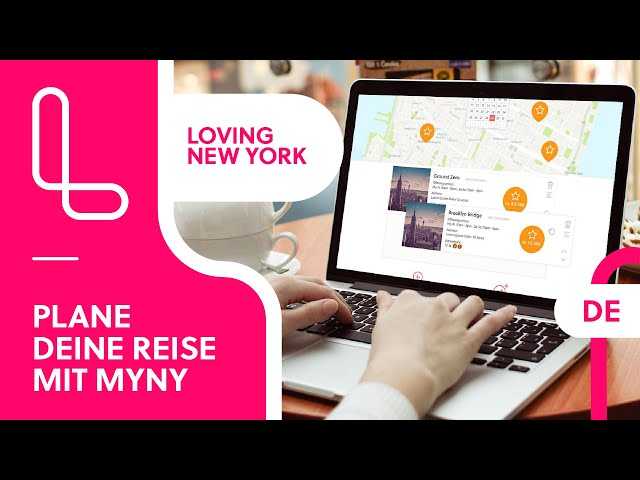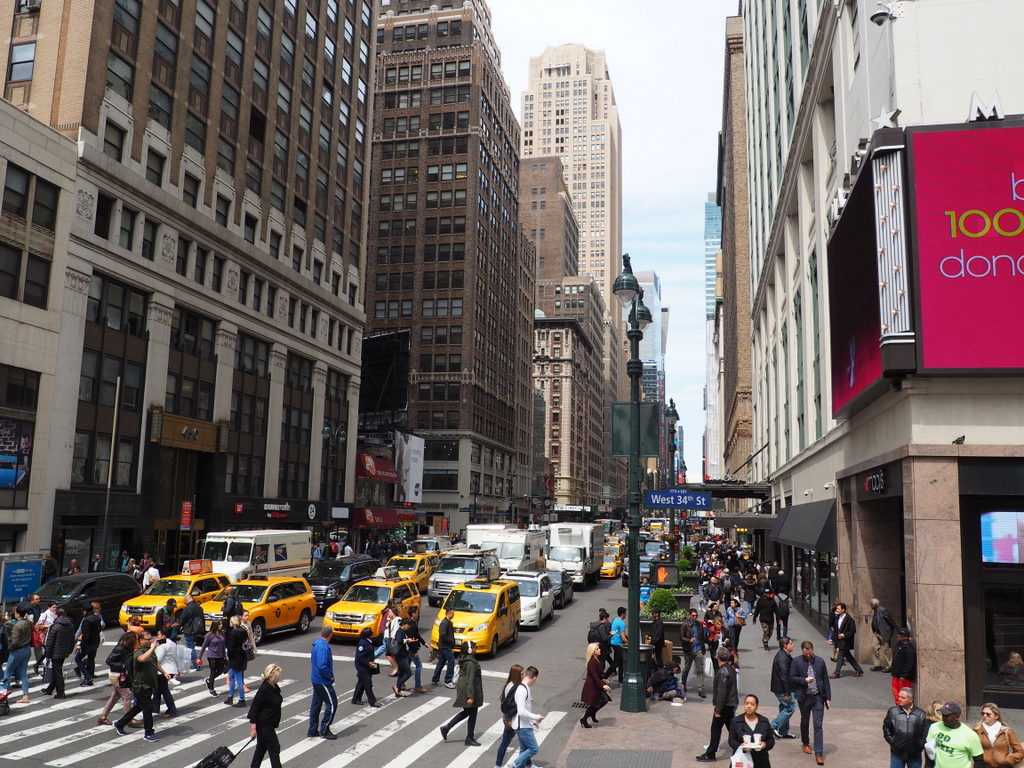Newark, New Jersey

| population | 281800 |
| location | Vicinity of New York City |
| nickname | Brick City |
| founded | October 31, 1693 |
More than 35 million people a year use Newark Airport, and almost none of those who arrive here stay longer than a cab ride in the city. Manhattan, the destination of millions of tourists and business travelers, is just 9 miles away and Newark always seems to be in the shadow of its big neighbor. The city also has a lot to offer and can – because of its proximity to New York City – quite a worthwhile destination.
Together with Jersey City, Hoboken and other places Newark forms the so-called gateway region in northeastern New Jersey. This region forms the direct surroundings of New York City and is closely connected to the city. Newark Airport – one of the largest in the country – is under the administration of a New York authority and Port Newark-Elizabeth is the main container port on the East Coast. In addition, numerous companies have settled here, for which rents and real estate prices in New York City are too high and although many residents of Newark commute to work in the huge neighboring city, many thousands of millennials come to their jobs in Newark.
Some of the earliest arriving Europeans, Puritans under the leadership of Robert Treat, founded Newark as a religious gathering and living place in 1666 after the group left the New Haven colony in what is now Connecticut. 1713 received the place a Royal Charter and was thus recognized as a city. After the War of Independence then took place a new regional planning and Newark was organized as a community, only in 1836 was after a referendum a reorganization as a city. During this time, Newark grew sustainably, new residents and new businesses made the city grow rapidly. This was followed by a decline in the second half of the 20th century, when Newark suffered from decline and recession. As a result, social upheavals occurred; In 1967, the city was shaken for six days by heavy riots and street fighting. From the 1990s on, along with extensive downtown revitalization measures, Newark experienced a sustained recovery.
If you want to go on a historical search for clues, it is best to orient yourself first at Central Ward. This district was historically inhabited mainly by ethnic German immigrants, later changed the population. Today, this area, which houses the germ cells of the city, is the Downtown district with several historic buildings and other attractions. These include the Newark Museum (49 Washington Street, open Wednesday-Sunday 12-17), which deals with both art and science. The art collection features exhibits from around the world, especially the Department of Asian Art is worth mentioning. The natural history section of the museum also includes a planetarium. Also worth a visit is Washington Park (between Broad Street and Washington Street), which houses several statues and hosts a market for organic produce on Wednesdays. From the creator of Mount Rushmore, Gutzon Borglum, is another monumental sculpture in the city, the monument “Wars of America” in the Military Park (between Rector Street and Broad Street). This park is occasionally used for concerts.
Art and culture are back in the Lincoln Park neighborhood after a period of decline and reconstruction efforts. Once known for its jazz clubs and nightlife, the neighborhood is filled with galleries and artists’ workshops, such as the City Without Walls Gallery on Crawford Street and the Aljira Center for Contemporary Art on Broad Street, as well as Newark Symphony Hall (1020 Broad Street), a performance venue built in 1925, whose grand hall is known for its good acoustics. The time-honored building has seen many big stars, but was replaced in 1997 by the new New Jersey Performing Arts Center in Downtown (1 Center Street) as the city’s main venue. In addition to various theater and music performances, the center also serves as a venue for art classes, workshops and the like. The center is home to the New Jersey Symphony Orchestra. There is a great deal of culture around Lincoln Park, where a working group is setting up a cultural district, which will include a museum of African-American music. The quite widespread Jewish >Experience Jewish Museum of New Jersey (145 Broadway), housed in the Synagogue Avahas Sholom, the oldest surviving Jewish temple in Newark.
Here in the city, not far from the shopping mecca of New York City, tourists will also find opportunities for interesting shopping trips. Interesting in this respect is, for example, the former industrial district Ironbound, which is now also known as “Little Portugal” thanks to the many Portuguese and Brazilian immigrants who have settled here. The district is full of restaurants and shops. Downtown is next door, in a loop of the Passaic River. The main shopping streets here are Market Street and Broad Street, especially on the latter are also many street vendors to find.
Related Posts
-

Jersey Shore There were several factors that contributed to the coast of New Jersey – commonly referred to as the “Jersey Shore” or “The Shore” – also…
-

Activate all functions from your guide
Activate all features from your guide Travel planning made easy: this is how you get the most out of your travel guide! Our goal is to make your trip to…
-

New England – origin of English settlement in the United States
New England – origin of English occupation Newgland is the six northeastern states between New York and the Canadian border: Connecticut, Maine,…
-

52 hours in New York Last year, when I reported to a friend of my Stopover Tour Island – New York, she looked at me incredulously. “You want to go to New…
